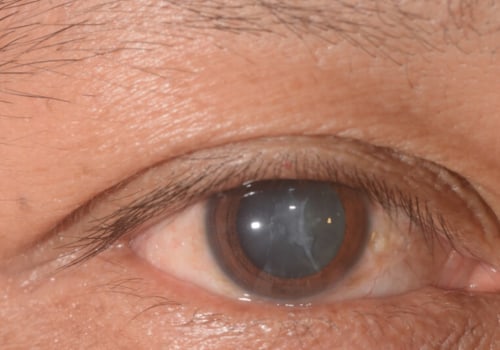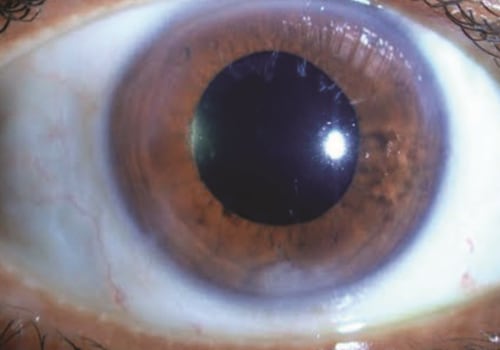Cataract surgery is a common operation to remove the natural lens of the eye and replace it with an intraocular lens. It is a complex procedure that requires a great deal of care, and can be painful, but the benefits outweigh the risks. Knowing what to expect before, during, and after the surgery is essential for getting the best treatment possible.
More Posts
How Long Does Endophthalmitis Take to Develop?
Katie Gholston0 minutes readEndophthalmitis is an infection of the eye that can cause blindness if not treated quickly. Learn more about how long it takes for endophthalmitis to develop and how to treat it.
What Are the Complications of Cataract Surgery?
Katie Gholston1 minute readCataract surgery is a common procedure with over 4 million U.S. patients undergoing it each year. Learn about potential complications and how to reduce your risk.
When is the Right Time to Remove Cataracts?
Katie Gholston1 minute readCataract surgery can be performed at any stage of cataract development. Learn more about when it's time for cataract surgery and what factors you should consider.
Which Cataract Surgery is Better: Traditional or Laser?
Katie Gholston1 minute readCataracts are a common eye condition that can cause vision loss and blurriness. Fortunately, both traditional and laser-assisted cataract surgery are safe and effective treatments for this condition. But which one is better? Read on to find out.



